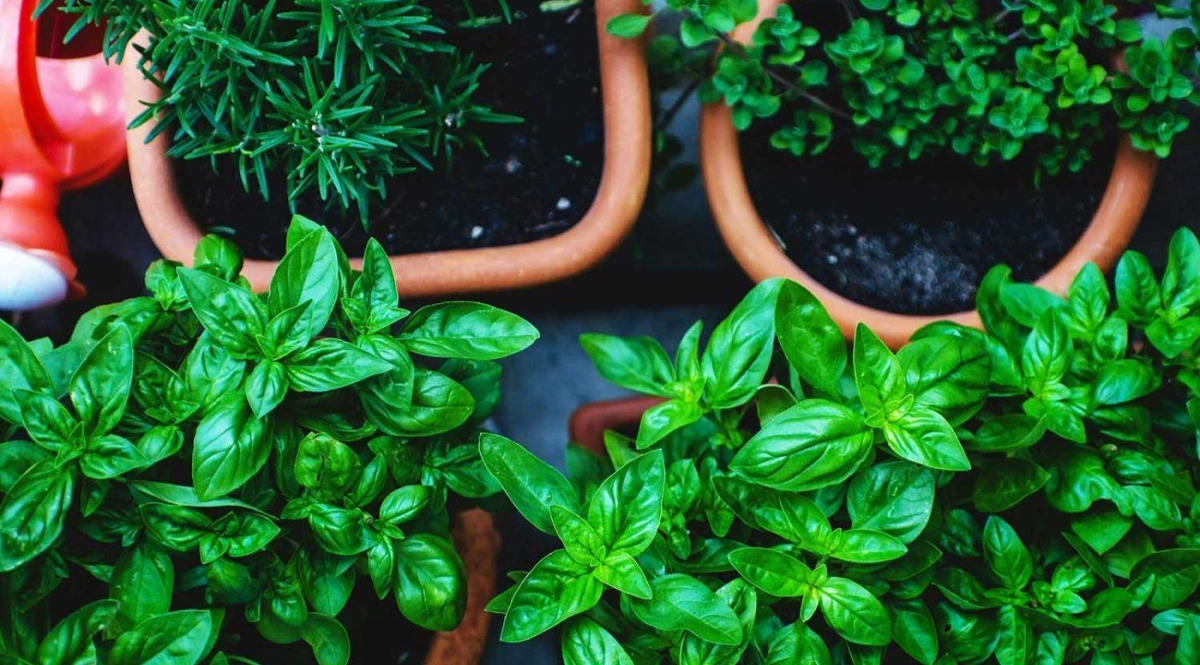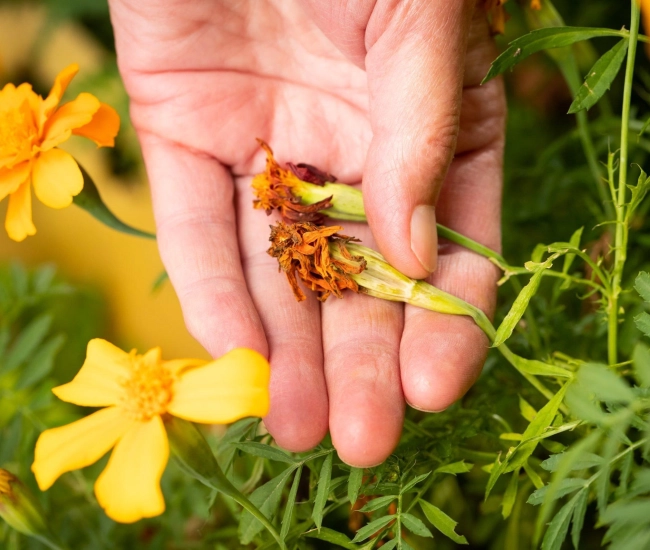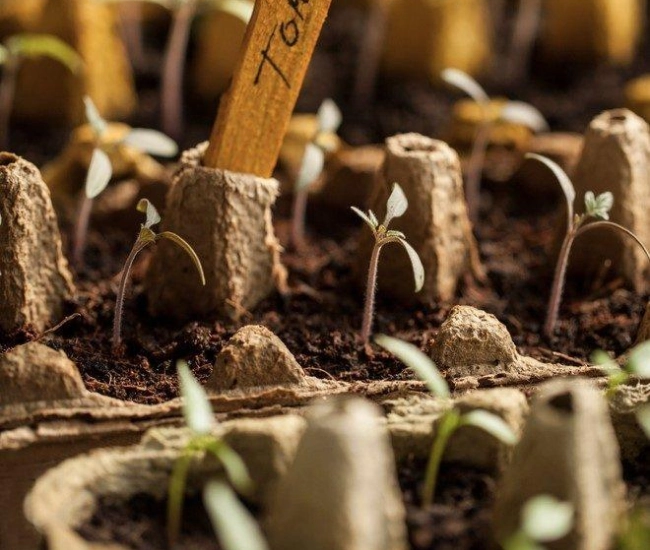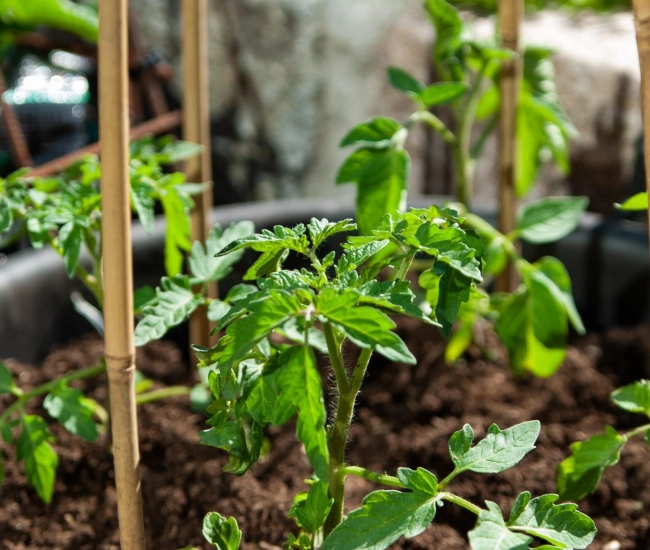
Text by Hélène Baril – Horticulturist, speaker & author
__
Congratulations! You have successfully started your seedlings and planted your herbs. They are growing rapidly and producing dense, fragrant clumps just waiting to be picked and consumed. It's now time to take care of them. Whether grown in the garden, on the balcony, or in flower beds, your herbs need a little attention to maintain their flavor and beauty until the cold weather arrives.
Herb Maintenance
No matter the cultivation method chosen, herbs will need regular hoeing (loosening of the surface) of the soil at their base to allow water and air to circulate freely and to control excess water, which is often fatal to them. For watering, opt for deep waterings as needed rather than small daily waterings. It is best to water the base of the herbs (never the foliage) early in the morning, allowing excess moisture to evaporate slowly throughout the day. Regular weeding and the removal of dead or damaged parts ensure good control of pests and fungal diseases. Don't forget to pinch the tips of the stems (removal of terminal buds) regularly during growth to encourage new shoots and plant density. All harvested parts can be consumed (even the flowers), so don't throw them away.
Should we remove the flowers?
Removing the flowers enhances the flavor and health of the herbs. By regularly cutting the inflorescences, the essential oils that give each herb its distinctive taste are concentrated in the leaves and stems. Additionally, the energy used for flower production is redistributed throughout the plant, allowing it to maximize its development and last throughout the beautiful season.
Harvest as needed
The harvest of consumable parts can be done at any time on well-established plants; however, you should never take more than a third of the plant at a time to avoid exhausting it. There's no need to wait until the end of summer to harvest your herbs. The more you harvest during the summer, the more productive and plump your plants will be. Abundant harvests can be done several times during the production period to avoid waste. It should be noted that a 3-week delay must be observed before harvesting and consuming herbs treated with chemical or natural pesticides or herbicides. Unused or abundantly harvested herbs can be dried, frozen, or stored cold.
Should we fertilize?
Not very demanding, the nutrient needs of herbs are met when the soil is well-prepared for planting with a rich and well-decomposed compost. Soils that are too rich cause excessive growth, which slows the absorption of essential oils by the leaves, meaning less flavor. Adding compost in the spring improves soil quality and promotes the absorption of nutrients contained in the soil. If you wish to fertilize, opt for slow-release granular organic fertilizers. Avoid using synthetic fertilizers (water-soluble colored powder) for all edible plants.
Herbs are culinary treasures that enhance summer dishes and can even accompany you for a good part of the year. Grow them without moderation!
Tips and advice



